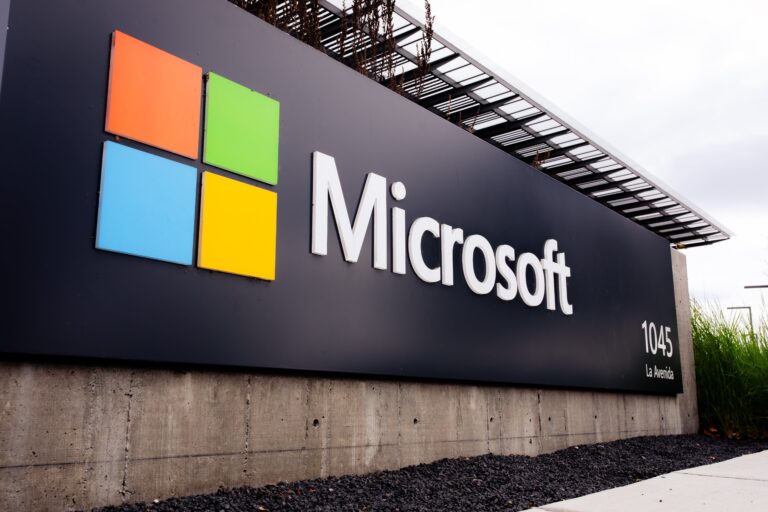A crucial deadline is approaching for computer users worldwide. Microsoft will officially end support for Windows 10 on Tuesday, 14 October. After that date, millions of PCs will lose protection from new security threats. Without regular updates, hackers and malware will find it easier to exploit older systems. Microsoft is urging users to move to Windows 11 for free, though many older machines won’t qualify. Nathan Proctor, senior director at US consumer group PIRG, warns that ending Windows 10 support could have serious consequences for both users and the environment.
Millions still rely on the ageing system
Windows remains the most widely used operating system on the planet. Microsoft says it powers over 1.4 billion devices worldwide. Data from Statcounter shows that around 43% of them were still running Windows 10 in July 2025. In the UK, consumer organisation Which? estimates that 21 million people continue to use Windows 10. A recent survey revealed that one in four users plan to stick with it even after official support ends. About one in seven said they intend to buy a new computer instead.
Consumer advocates have strongly criticised the decision, calling it wasteful and costly. “People are tired of short-lived devices that break easily or lose software support,” said Proctor. “We deserve technology that lasts,” he added.
What users can do before the deadline
Microsoft gives personal users two main choices. They can upgrade to Windows 11 or subscribe to extended security updates for another year. Both options are available through the “Privacy and Security” section in system settings. Those with compatible hardware can upgrade for free. However, many people will need to purchase new computers, even if their current devices still perform well.
For those unable or unwilling to upgrade, Microsoft offers the Extended Security Updates (ESU) programme, which continues vital security patches until October 2026. The ESU doesn’t include technical support or new features. Users in the European Economic Area can register for free access. Others can qualify by installing the latest version of Windows 10, having a Microsoft account, and backing up their settings.
If users don’t meet those requirements, they must pay $30 (£22) or redeem 1,000 Microsoft Rewards points to access the updates. Businesses using Windows 10 will pay $61 per device, depending on region.
How the system will change
Since its launch in 2015, Windows 10 has received continuous updates, improving security and adding new functions. Microsoft now wants users to shift to Windows 11, but the newer system has stricter hardware demands. It also requires a Microsoft account to unlock full functionality. Ironically, even extending the life of Windows 10 through ESU requires an account. Some users find this intrusive and have voiced privacy concerns.
The dangers of doing nothing
When support ends, Windows 10 machines will stop receiving essential security fixes. This will make them more vulnerable to cyberattacks, viruses, and other online dangers. Without new patches, systems will gradually lose defences against modern threats.
Recent months have seen high-profile cyber incidents hitting retailers, carmakers, and childcare providers. Microsoft’s Chief Marketing Officer, Yusuf Mehdi, warns that companies may risk breaching regulations if they continue using unsupported software. Developers may also stop releasing updates for older systems, leaving users with fewer compatible apps.
Millions now face a clear choice. Upgrading brings better protection and new features, while staying on Windows 10 means accepting greater risk every day.



